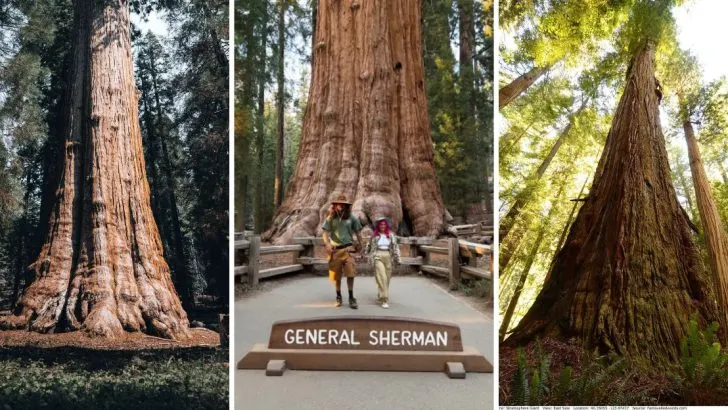Towering over forests and landscapes, the world’s largest trees are awe-inspiring natural wonders. These giants have stood for centuries – some even millennia – witnessing the passage of time while providing habitats for countless species.
Their immense size and incredible histories make them must-see marvels for nature enthusiasts.
In this guide, we’ll take you on a journey to discover 10 of the largest trees in the world. From iconic redwoods to ancient baobabs, these massive trees showcase the extraordinary beauty and resilience of nature.
General Sherman
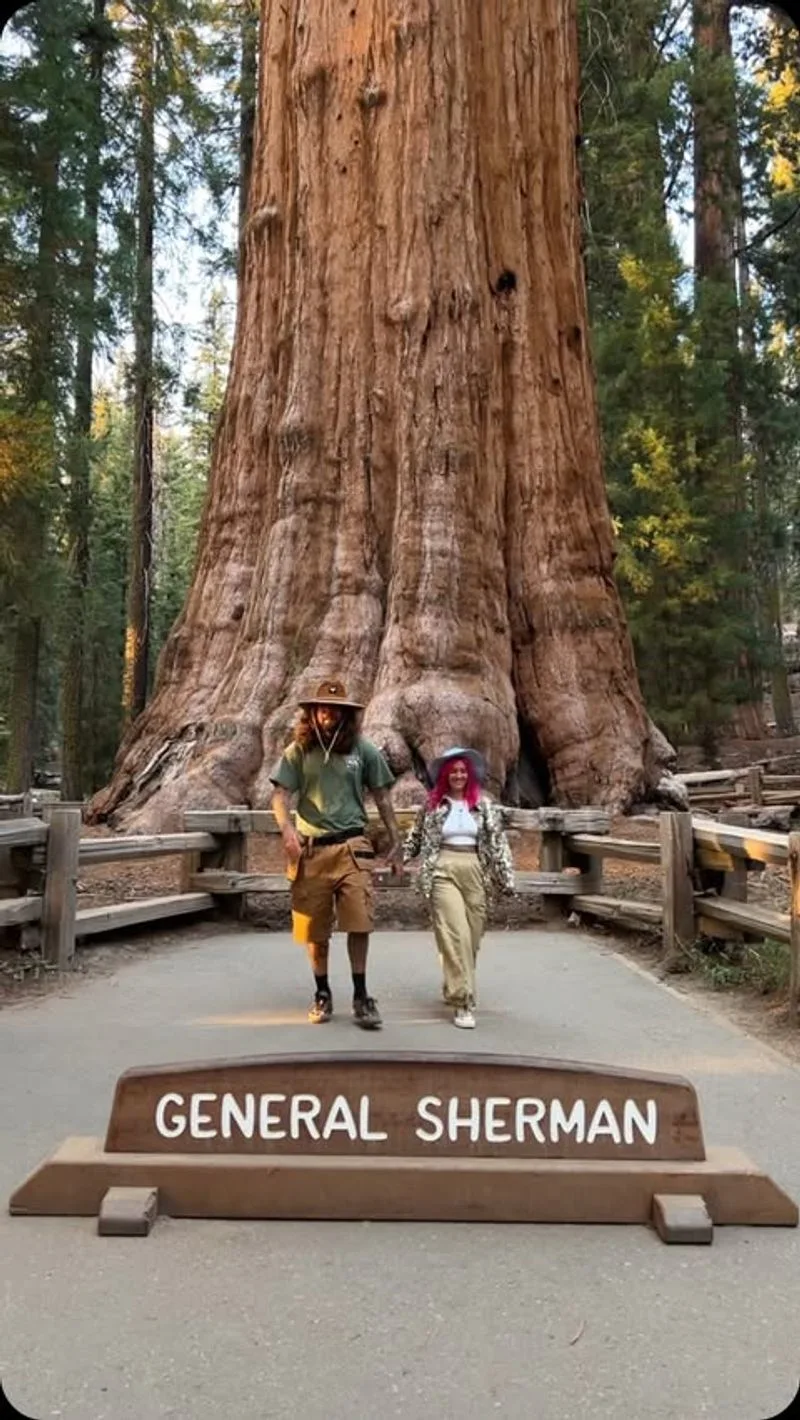
This sequoia tree is a testament to the ancient forests of North America. General Sherman stands in Sequoia National Park, California, towering at an awe-inspiring 275 feet. Its girth is equally impressive, drawing visitors from around the globe.
Beyond just its height, the tree’s massive trunk measures over 36 feet in diameter. Such grandeur is unparalleled in the plant kingdom. It’s not just the tallest tree but also the largest by volume.
Visitors often feel dwarfed in its presence, a humbling reminder of nature’s grandeur. Photographs seldom do justice to its majestic presence.
Hyperion
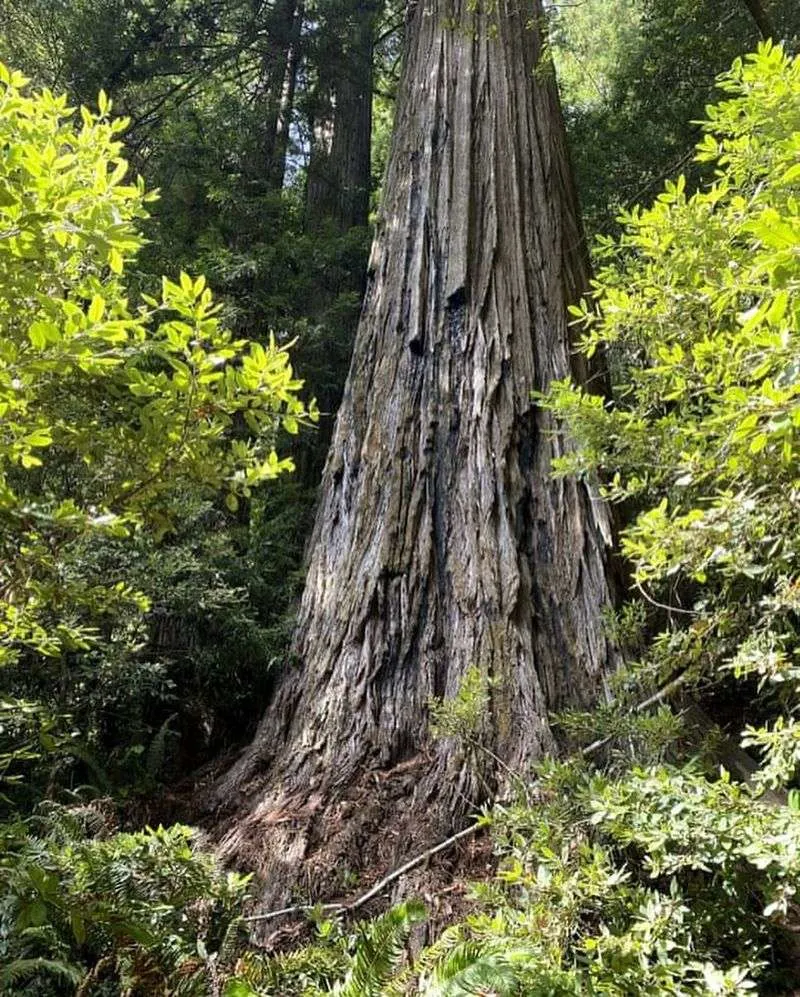
Hidden within a dense forest in California, Hyperion reaches astonishing heights. This coast redwood claims the title of the tallest living tree, standing at an incredible 379 feet.
Discovered relatively recently in 2006, it has become a symbol of nature’s resilience. The tree’s exact location is a closely guarded secret, ensuring its protection.
The crown of Hyperion stretches towards the sky, piercing through the misty canopy. Its height isn’t merely a statistic; it represents centuries of growth and ecological importance. Each inch gained tells a story of survival and adaptation.
Centurion
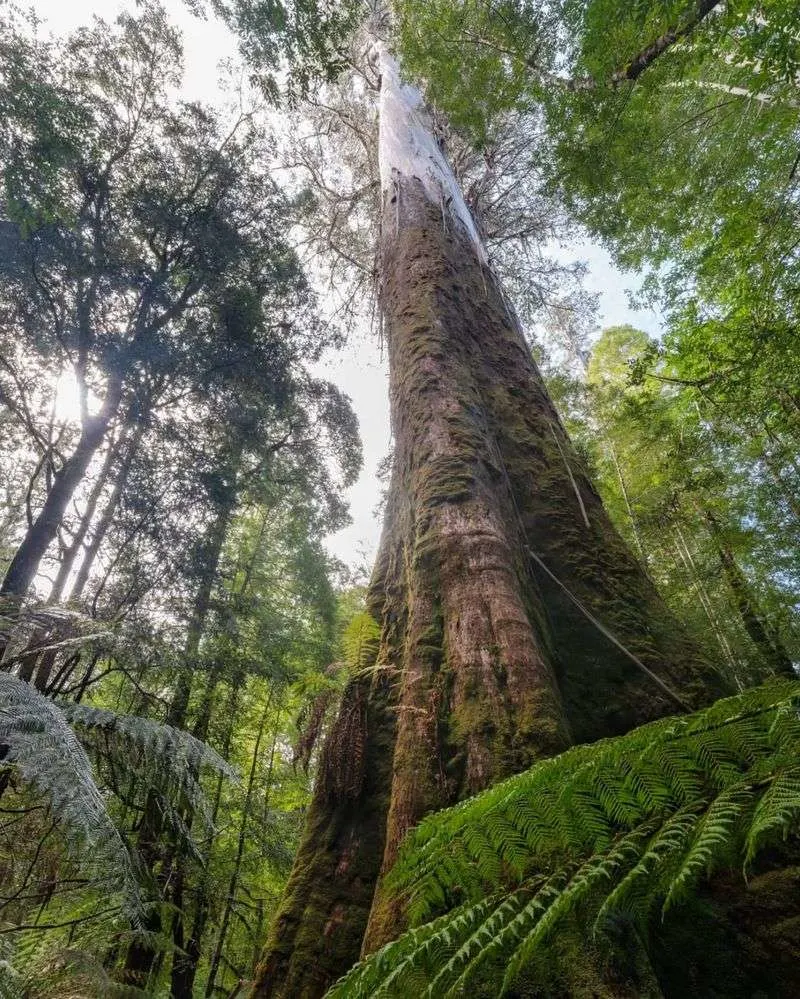
In the heart of Tasmania, the Centurion stands as the tallest eucalyptus tree in the world. Reaching a majestic 327 feet, it proudly towers above the surrounding forest.
This mountain ash has withstood the test of time and environmental changes. Its towering height is a beacon for tree enthusiasts and researchers alike.
Centurion isn’t just notable for its size; it also plays a crucial role in its ecosystem. Providing habitat and shade, this tree is a cornerstone of biodiversity in the area. Its presence is a testament to nature’s enduring spirit.
Arbol del Tule
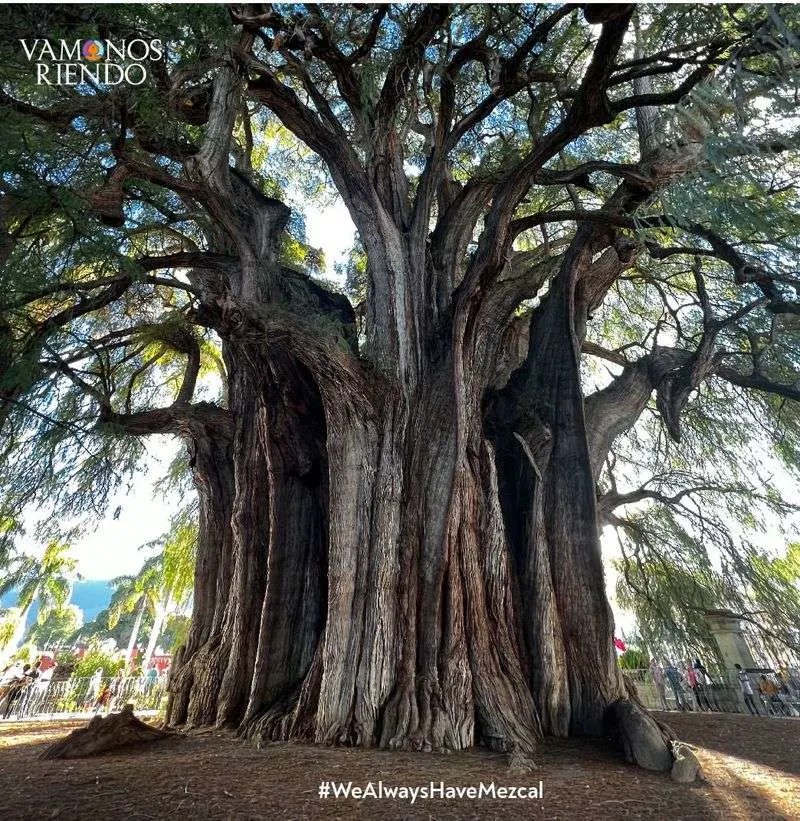
The Arbol del Tule is renowned for having the world’s widest trunk. Located in Oaxaca, Mexico, this Montezuma cypress is a sight to behold, measuring a staggering 46 feet in diameter.
The tree’s age is estimated to be over 1,500 years, adding a historical dimension to its colossal presence. It stands near a church, juxtaposing nature’s grandeur with human architecture.
Visitors are often amazed by its sheer size and the stories it could tell. This tree isn’t merely a natural wonder; it’s a living record of history. Its gnarled bark and sprawling roots signify resilience.
Tane Mahuta
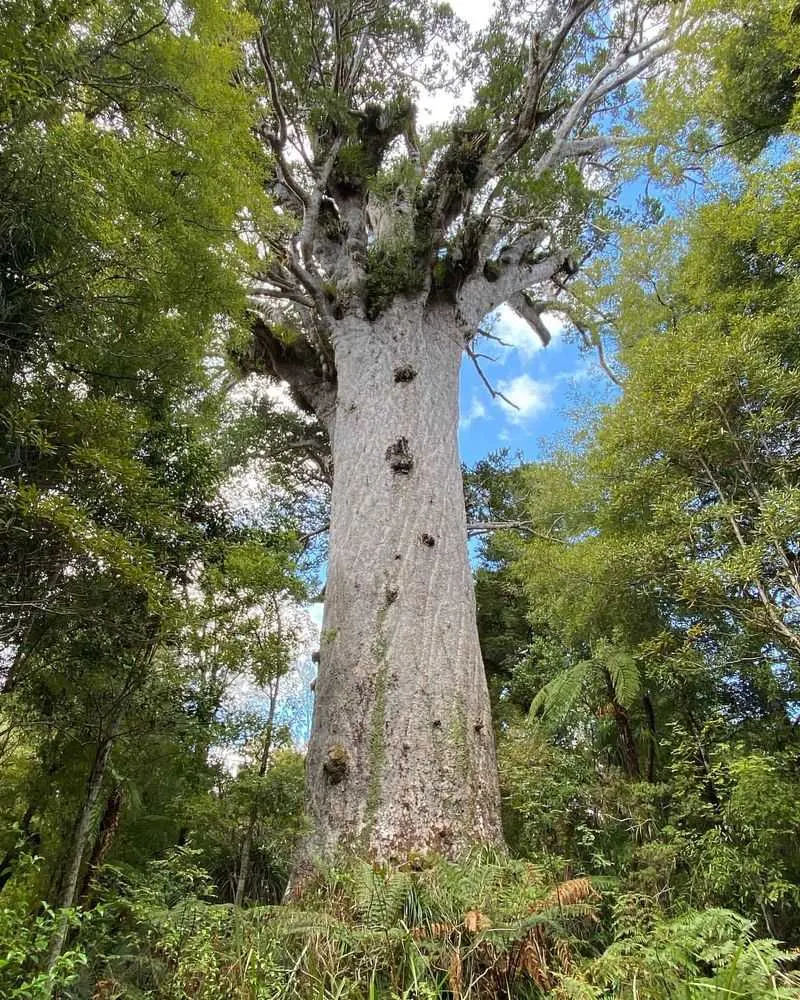
Tane Mahuta, aptly named ‘Lord of the Forest,’ stands as the largest kauri tree in New Zealand. With its broad trunk and towering presence, it reaches a height of 168 feet.
This ancient giant is not only a natural spectacle but also a cultural icon. It holds significant importance in Maori mythology, symbolizing strength and creation.
Visitors to Waipoua Forest are often struck by its imposing presence. Tane Mahuta represents centuries of growth, standing firmly against the passage of time. Its presence evokes a deep sense of reverence and connection to the land.
The President
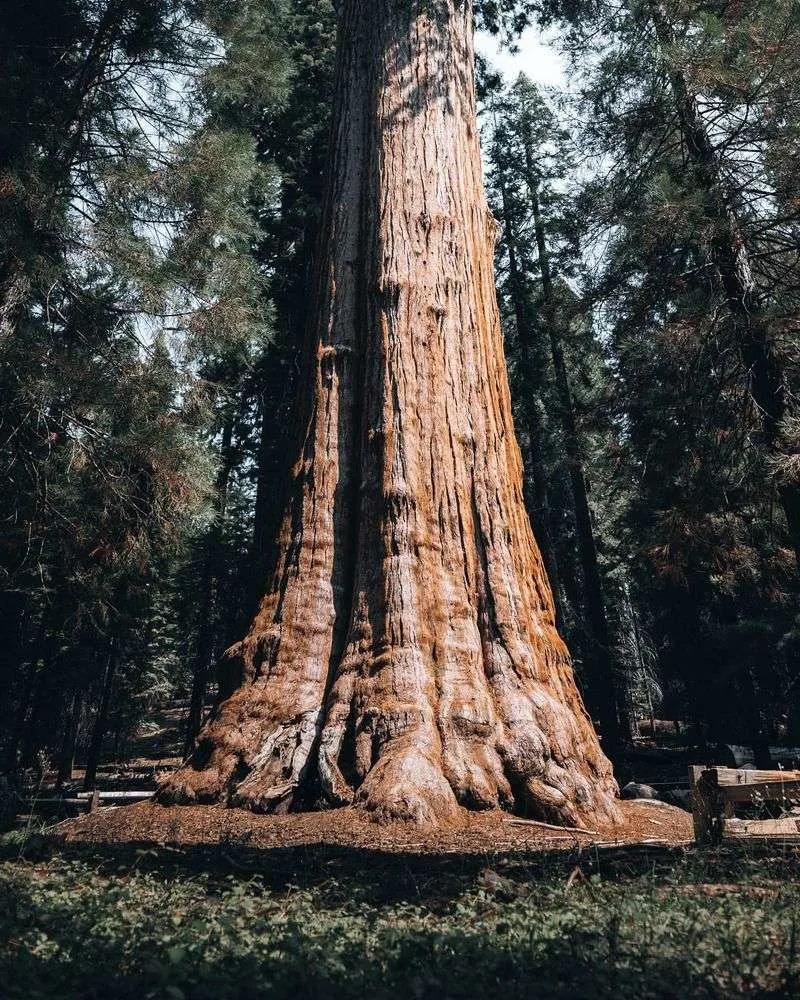
Deep in the heart of Sequoia National Park lies The President, another majestic giant of the forest. This sequoia stands at 241 feet, with a voluminous trunk that captivates visitors.
Believed to be over 3,200 years old, it showcases the enduring life of these forest titans. The President is admired not just for its size but also for its age.
Visitors are often drawn to its massive branches and dense canopy. Standing beneath it, one can’t help but feel inspired by its ancient wisdom. It’s a living reminder of nature’s timeless beauty.
Menara
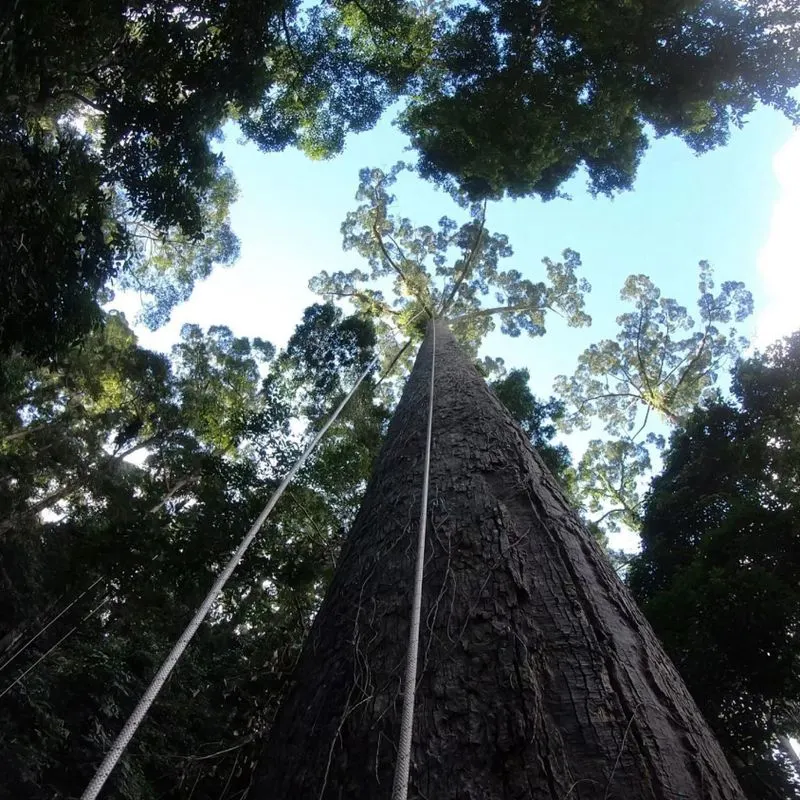
In the diverse rainforests of Borneo, Menara stands as the tallest tropical tree. Measuring over 331 feet, it embodies the rich biodiversity of Sabah.
This yellow meranti is a symbol of the lush, vibrant ecosystem of the region. Its height is a testament to the fertile land and ideal growing conditions.
Climbing Menara is a challenge few have undertaken, but its existence encourages conservation efforts. Its towering presence urges us to protect our planet’s natural wonders. Menara represents both the mystery and majesty of tropical forests.
Stratosphere Giant
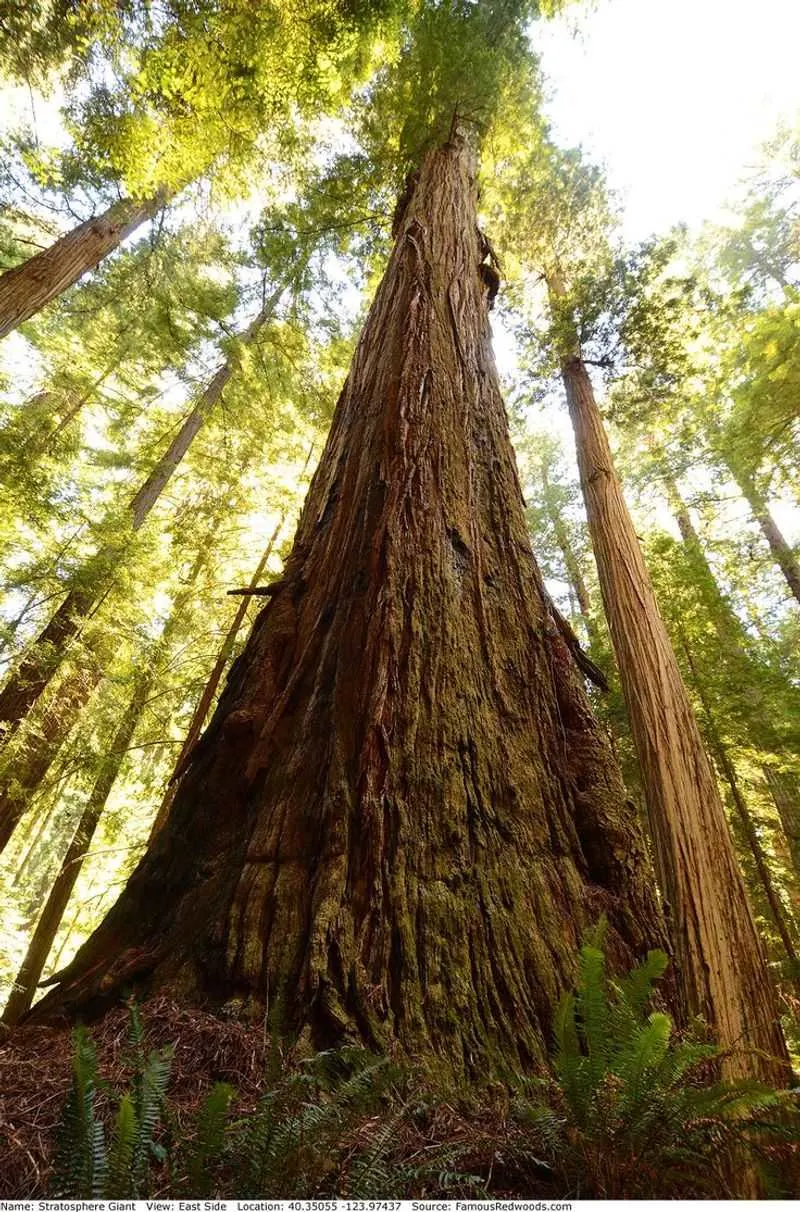
Standing tall in Humboldt Redwoods State Park, the Stratosphere Giant is a marvel among coast redwoods. Once the tallest tree, it reaches a height of 372 feet.
Its discovery sparked interest in the hidden giants of California’s forests. Though no longer the tallest, it remains a symbol of the towering beauty of redwoods.
Visitors are often left in awe of its sheer size and the dense forest it inhabits. It stands as a reminder of the secrets these ancient woods hold. The Stratosphere Giant captivates with its elegance and silent strength.
Jomon Sugi
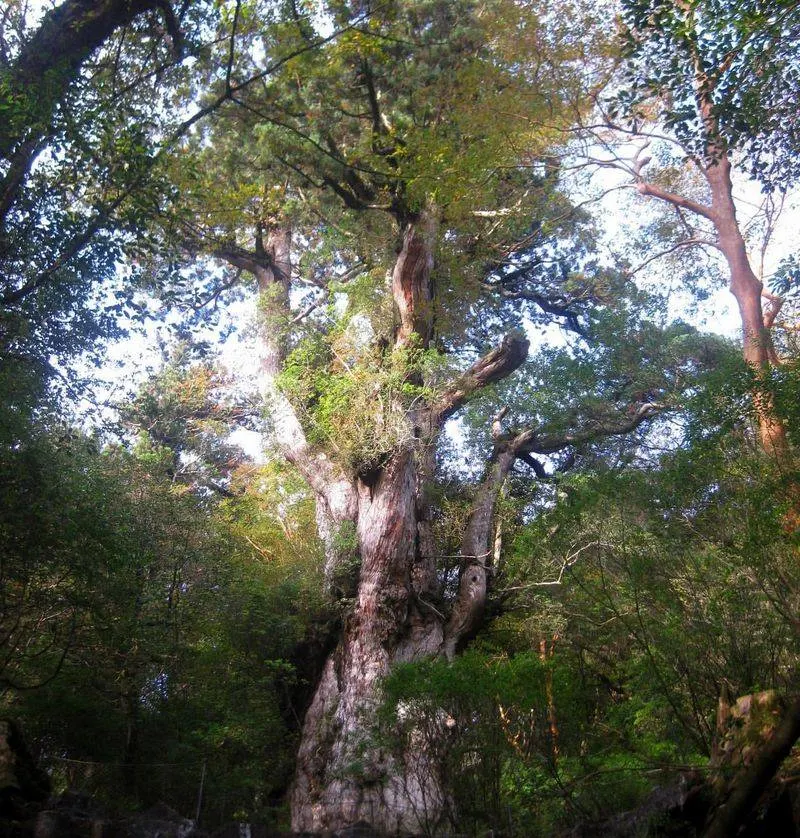
The Jomon Sugi is a venerable giant, residing on Yakushima Island, Japan. Estimated to be between 2,170 and 7,200 years old, its age is as impressive as its size.
This cryptomeria tree’s massive trunk and twisted branches tell tales of centuries past. It’s a revered symbol of longevity and endurance.
Visitors often embark on pilgrimages to witness its grandeur, walking through misty forests. Jomon Sugi stands as a testament to nature’s ancient artistry, captivating those who behold it. Its presence is both mysterious and inspiring, reflecting the island’s unique biodiversity.
Kari – the Father of the Forest
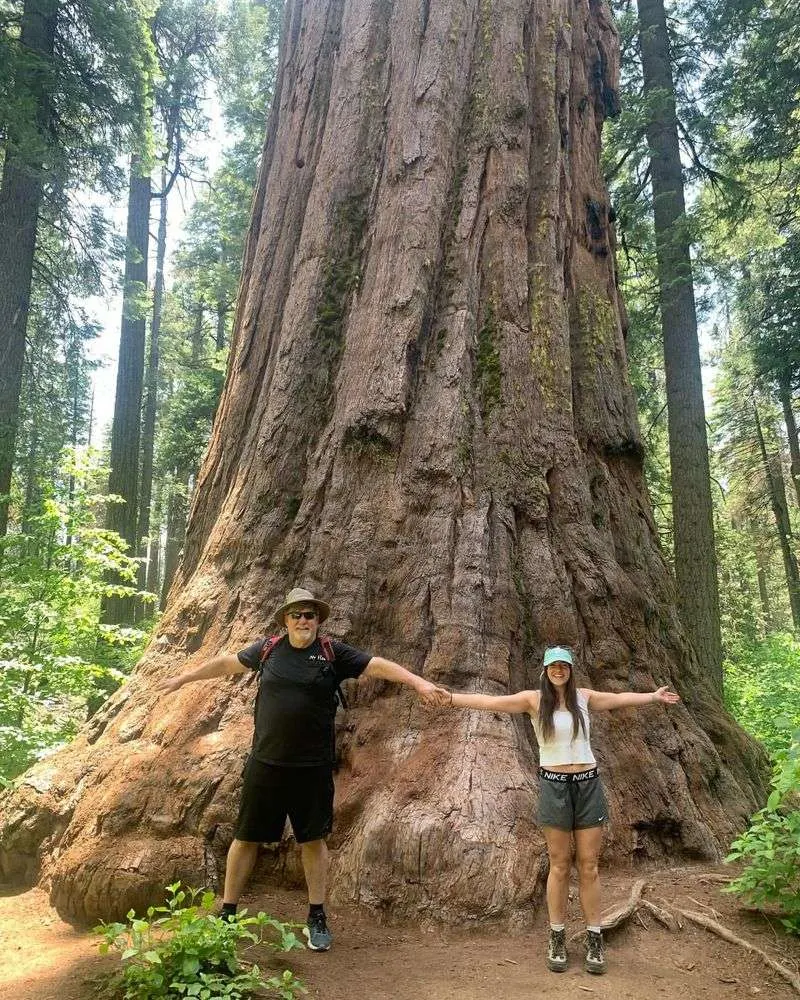
In the lush expanses of Waipoua Forest, New Zealand, Kari stands as a colossal kauri tree. Known as the Father of the Forest, its immense size is truly awe-inspiring.
With a height of 162 feet, this ancient tree plays a crucial role in its ecosystem. It provides habitat and sustenance for countless species.
Kari’s imposing stature and broad trunk are symbols of the enduring beauty of nature. Visitors often find themselves in quiet reflection beneath its canopy, appreciating the natural world. Kari remains a vibrant part of the forest’s legacy.

